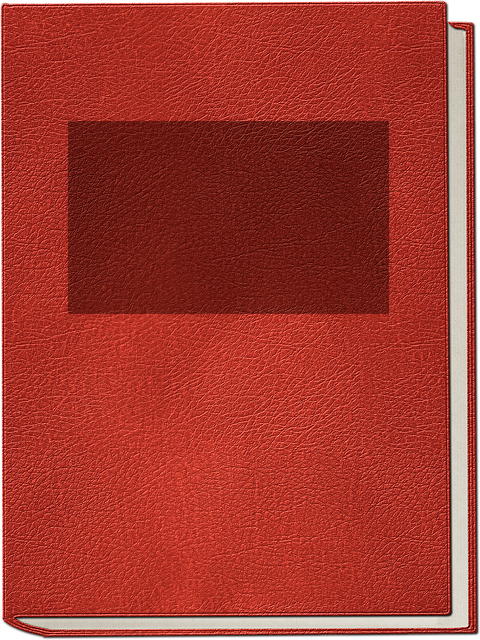ArticleOriginal scientific text
Title
Rehydration of CTMA Modified DNA Powders Observed by NMR
Authors 1, 1, 1, 1, 2,
Affiliations
- Institute of Physics, Jagiellonian University, Kraków, Poland
- AGH University of Science and Technology, Faculty of Physics and Applied Computer Science, Kraków, Poland
- Department of Chemistry and Technology of Polymers, Cracow Technical University, Kraków, Poland
Abstract
The rehydration of salmon sperm deoxyribonucleic acid (DNA) and cetyltrimethylammonium chloride
Keywords
82.56.Na
Bibliography
- A.J. Steckl, Nat. Photon. 1, 3 (2007)
- V.A. Bloomfield, D.M. Crothers, I. Tinoco, J.E. Hearst, D.E. Wemmer, P.A. Killman, D.H. Turner, Nucleic Acids: Structures, Properties, and Functions, University Science Books, Sausalito 2000
- R.H. Horton, L.A. Moran, K.G. Scrimgeour, M.D. Perry, J.D. Rawn, Principles of Biochemistry, Pearson Prentice Hall, New Jersey 2006
- L.L. Wang, J. Yoshida, N. Ogata, Chem. Mater. 13, 1273 (2001)
- Y.G. Yang, P.G. Yin, X.Q. Li, Y. Yan, Appl. Phys. Lett. 86, 203901 (2005)
- H.W. Fink, C. Schonenberger, Nature 398, 407 (1999)
- A.Y. Kasumov, M. Kociak, S. Gueron, B. Reulet, V.T. Volkov, D.V. Klinov, H. Bouchiat, Science 291, 280 (2001)
- H. Harańczyk, J. Czak, P. Nowak, J. Nizioł, Acta Phys. Pol. A 112, 397 (2010)
- H. Dong Han, N. Hyunsoo, Y. Kyung-Hwa, S. Hye-mi, L. Hae-Yeon, T. Kawai, Chem. Phys. Lett. 355, 405 (2002)
- O. Krupka, A. El-Ghayoury, I. Rau, B. Sahraoui, J.G. Grote, F. Kajzar, Thin Solid Films 516, 8932 (2008)
- J.G. Grote, J.A. Hagen, J.S. Zetts, R.L. Nelson, D.E. Diggs, M.O. Stone, P.P. Yaney, E. Heckman, C. Zhang, W.H. Steier, A.K.Y. Jen, L.R. Dalton, N. Ogata, M.J. Curley, S.J. Clarson, F.K. Hopkins, J. Phys. Chem. B 108, 8584 (2004)
- H.W. Fink, H. Schmid, E. Ermantraut, T. Schulz, J. Opt. Soc. Am. A 14, 2168 (1997)
- P. Dutta, S.K. Mandal, J. Phys. D, Appl. Phys. 37, 2908 (2004)
- C. Yumusak, T.B. Singh, N.S. Sariciftci, J.G. Grote, Appl. Phys. Lett. 95, 263304 (2009)
- Y. Kawabe, L. Wang, S. Horinouchi, N. Ogata, Adv. Mater. 12, 1281 (2000)
- S.L. Lee, P.G. Debenedetti, J.R. Errington, B.A. Pethica, D.J. Moore, J. Phys. Chem. B 108, 3098 (2004)
- W. Węglarz, H. Harańczyk, J. Phys. D, Appl. Phys. 33, 1909 (2000)
- S. Brunauer, P.H. Emmett, E. Teller, J. Am. Chem. Soc. 60, 309 (1938)
- R.W. Dent, Textile Res. J. 47, 145 (1977)
- H. Harańczyk, A. Leja, K. Strzałka, Acta Phys. Pol. A 109, 389 (2006)
- H. Harańczyk, A. Leja, M. Jemioła-Rzemińska, K. Strzałka, Acta Phys. Pol. A 115, 526 (2009)
- H. Harańczyk, A. Pietrzyk, A. Leja, M. Olech, Acta Phys. Pol. A 109, 411 (2006)
- H. Harańczyk, M. Bacior, M. Olech, Antarctic Sci. 20, 527 (2008)
- H. Harańczyk, On Water in Extremely Dry Biological Systems, WUJ, Kraków 2003
- H. Harańczyk, W.P. Węglarz, S. Sojka, Holzforschung 53, 299 (1999)
- H. Harańczyk, K. Strzałka, G. Jasiński, K. Mosna-Bojarska, Coll. Surf. A 115, 47 (1996)
- H. Harańczyk, M. Bacior, P. Jastrzębska, M.A. Olech, Acta Phys. Pol. A 115, 516 (2009)
- N. Funduk, G. Lahajnar, L. Miljković, S. Skočajić, D.W. Kydon, L.J. Schreiner, M.M. Pintar, Zobozdrav. Vestn. 41 (Suppl. 1), 139 (1986)
- H. Harańczyk, K.G. Soga, R.J. Rumm, M.M. Pintar, Magn. Res. Imag. 9, 723 (1991)
- J.R. Zimmerman, W.E. Brittin, J. Phys. Chem. 61, 1328 (1957)
- A. Timur, J. Petrol. Technol. 21, 775 (1969)
- S.Y. Lee, W.J. Cho, P.S. Hahn, M. Lee, Y.B. Lee, K.J. Kim, Appl. Clay Sci. 30, 174 (2005)
- A. Wishnia, J. Phys. Chem. 67, 2079 (1963)
- C. McAufliffe, J. Phys. Chem. 70, 1267 (1966)
- Ch. Tanford, The Hydrophobic Effect: Formation of Micelles and Biological Membranes, Wiley, New York 1980
